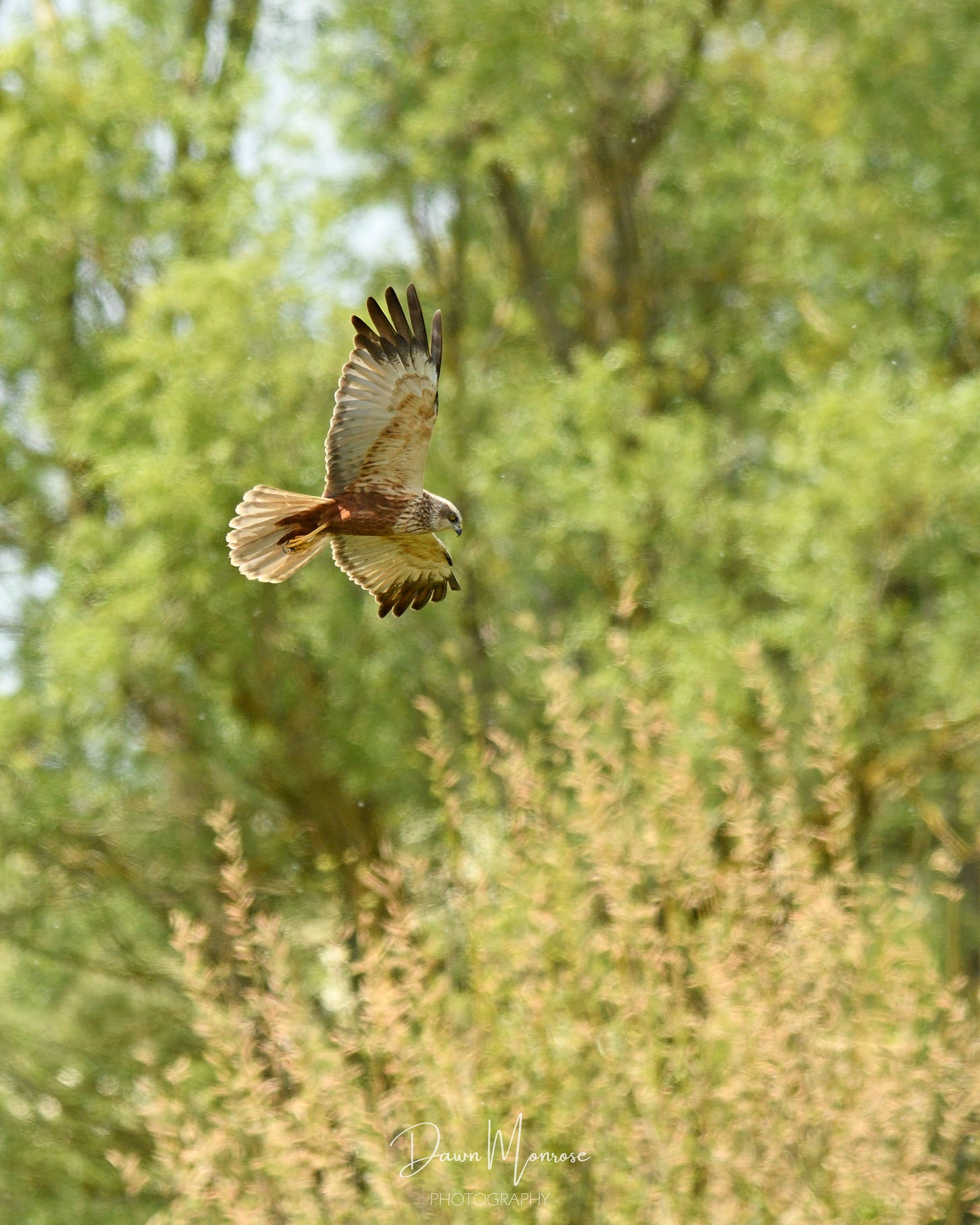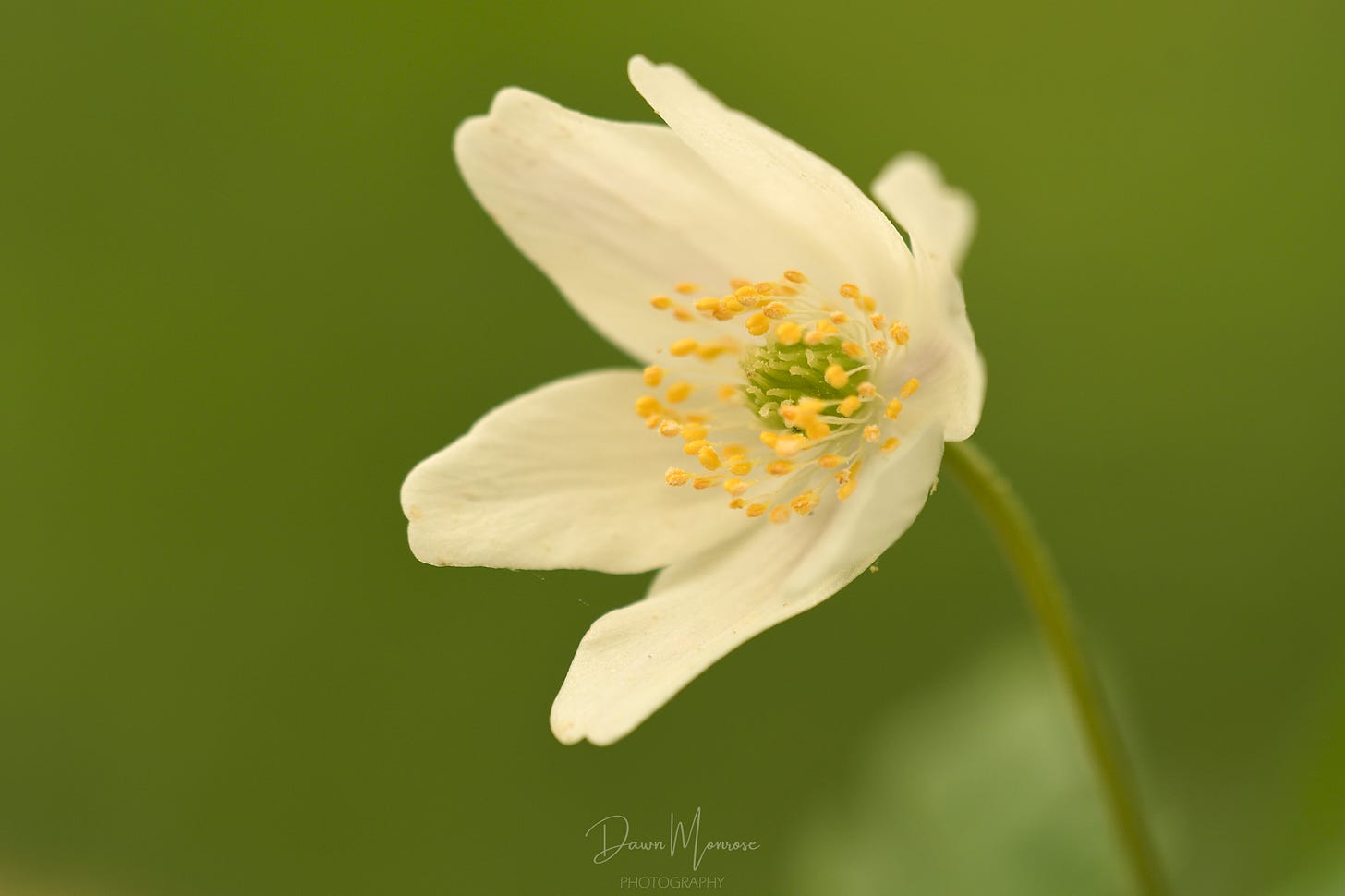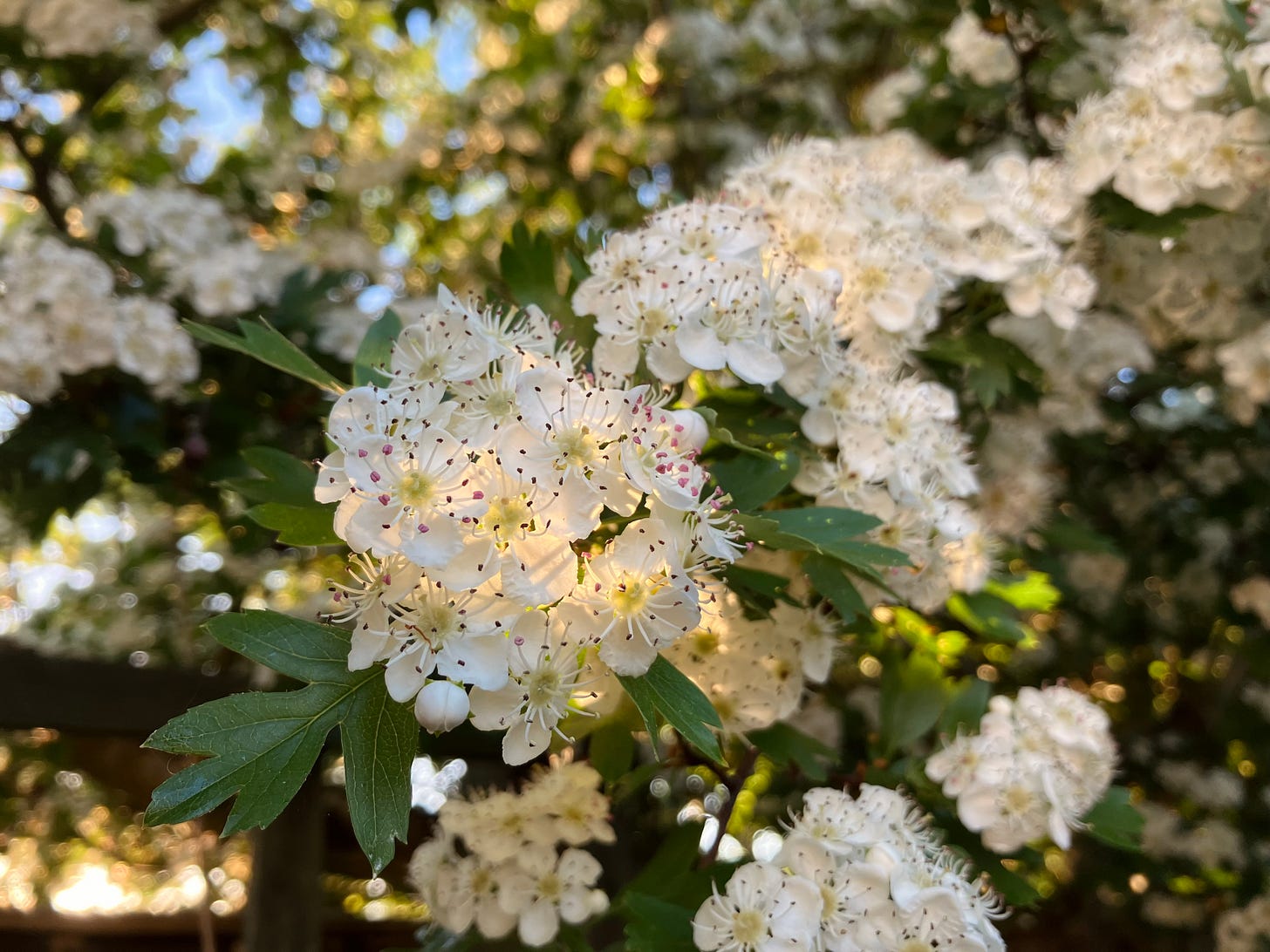The Ebb and Flow
Chasing the light
The light in May has a unique luminescence. It shimmers through bright new leaves and illuminates the world with a magical softness. I’ve heard it described as ‘mayglow’ a wonderful term, which like the light itself, always makes me smile. As the Spring light flows into the Northern hemisphere, the wildlife does too. Migrant birds arrive from their wintering grounds, many from Southern Africa, an epic journey of some 6,000 miles. A feathered tide pours into the country, new songs ring out from all around, bringing fresh energy to the landscape. The jazz singing Sedge warbler, rolling rattles interspersed with clear whistles and trills, scatting from the reedbed. The Cuckoo, watching closely, cucks and ooos nearby, did you know that the interval between the two syllables is a minor third in musical terms, I only learnt that recently! From the white blossomed hedgerow frothy with May flowers warbles the Blackcap, sweet and silvery, one of my favourites. Overhead the Swallows swoop, fast chittering song to match the bird’s speed, a flick of wings and they’re away, chasing the insects that brought them here.
They are chasing dinner, but I’m chasing the light. Rounded fluffs of cloud graze the sky in a huge flock, moving steadily, alternately shading the ground below, and then letting the sun stream through, a patchwork of illumination, in continuous motion. Mesmerising. Perched high in the hide, the brisk wind batters the windows, searching for gaps in the structure to rush in and chill my fingers, whilst outside the haze of heat rising from the fen threatens to ruin the background of my images, a shimmering dancing bokeh. Over the reeds a Marsh Harrier plays with the breeze, stall turn with feathertips spread, soar high, dive low. The largest of the harriers in the UK, with a long tail, slow and graceful in flight with wings held in a perfect dihedral, tippy and buoyant in the air, pouncing into the reeds after prey. The female is a beautiful chocolate brown with cream markings on her head and forewings, the males are patterned chocolate and grey, quite striking with bright yellow eyes and legs. Here in East Anglia we perhaps take them a little for granted, often they can be seen over broad, marsh and fen, but in reality they are still quite rare. The population crashed when the fens and wetlands were drained for agriculture, and Victorian egg collecting and habitat destruction led to them becoming extinct in England. A few continental birds tried, but due to pesticides, no birds bred in the UK by 1961. After the pesticides were banned, numbers have slowly risen and they grace the big skies here once again. The harrier drifts away to the horizon as a cloud drops the final curtain, shading the reedbed, the performance over, well worth the wait.
In the shelter of the woodland, fragrance drifts through the coppiced hazel. A soft blue sea carpets the earth, gently nodding flowers all frills and fuss. It’s Bluebell season. Research suggests that experiencing a feeling of awe can slow our perception of time, calm our nervous system, and even boost our immune system. Perhaps that’s why people are drawn to this glorious sight in Spring. I’m not the only one here, there are couples, families, dog walkers. We all smile and nod as we pass in shared wonder. ‘Beautiful isn’t it’, we comment. I feel a sense of hope too, in a world gone mad, that people really do care about the natural world.
There’s something else here too. Delicate white blooms like little stars, shining from the leaf litter. The Wood Anemone. Whilst Bluebells have plenty of deep and dark folklore attached to them - they were believed to be used in witches potions and it was said that if you hear the Bluebells ringing you would be visited by a malicious fairy and would die! The Wood Anemone has it’s own array of myth and lore associated with it. Also known as the windflower and a favourite of faeries, who hide in the closed flowers when it rains, and overnight. The Ancient Greeks and Romans all had their own legends too, like the flowers springing up where Aphrodite’s tears fell over the death of her lover Adonis. I love all the folklore surrounding our wildlife, a sure sign of our species past deep connection to nature. Slowing spreading by rhizomes Wood Anemones are an indicator of ancient woodland, additionally awe inspiring, they may only spread 6 feet in 100 years!
In Spring, the flow of life seems to become visible, with new birds arriving and plants everywhere growing. It all comes flooding past me, like I am a rock in the stream. My creativity flows. Words bubble up to describe it all but gush through too quickly for me to pin them to the page. Pouring through my fingers, unable to fully grasp, I grab highlights and remember snatches. I wonder where it comes from, and searching internally I think, from my lungs. The thin permeable membrane between the nature outside and my spirit within. Each breath a conversation with trees. If I write from my heart I write of deep aching love for ancient oaks, rooted, clutching the earth, leaves held aloft to the sky, home to diversity of life and time itself, recorded and mapped in every ring of cells.
But the ebb will come, the tap runs dry, not life, that just carries on, but my creativity. High and dry upon the rock, stalled. I can’t let go and dive in, frozen by worry, or distraction, or maybe even tiredness. Just like the seasons roll around, everything ebbs and flows. If I can just let go and float for a moment, just wait, it will start to flow again. It’s all about trusting the process, and being ready and open to the possibilities. So I’ll rest for a moment in the mayglow, breathe, and wait, and see what happens next.
Thanks so much for reading, please do like, share and leave a comment, I’d love to hear from you!
Until next time,
Dawn.
Sources:
Hawk and Owl Trust - Marsh Harrier












Stunning photos, beautiful writing, how talented you are!
So lovely! And thanks so much for linking out to my blog post on mayglow. I'm pleased to see the word being adopted by more people. Such a magical time of year.